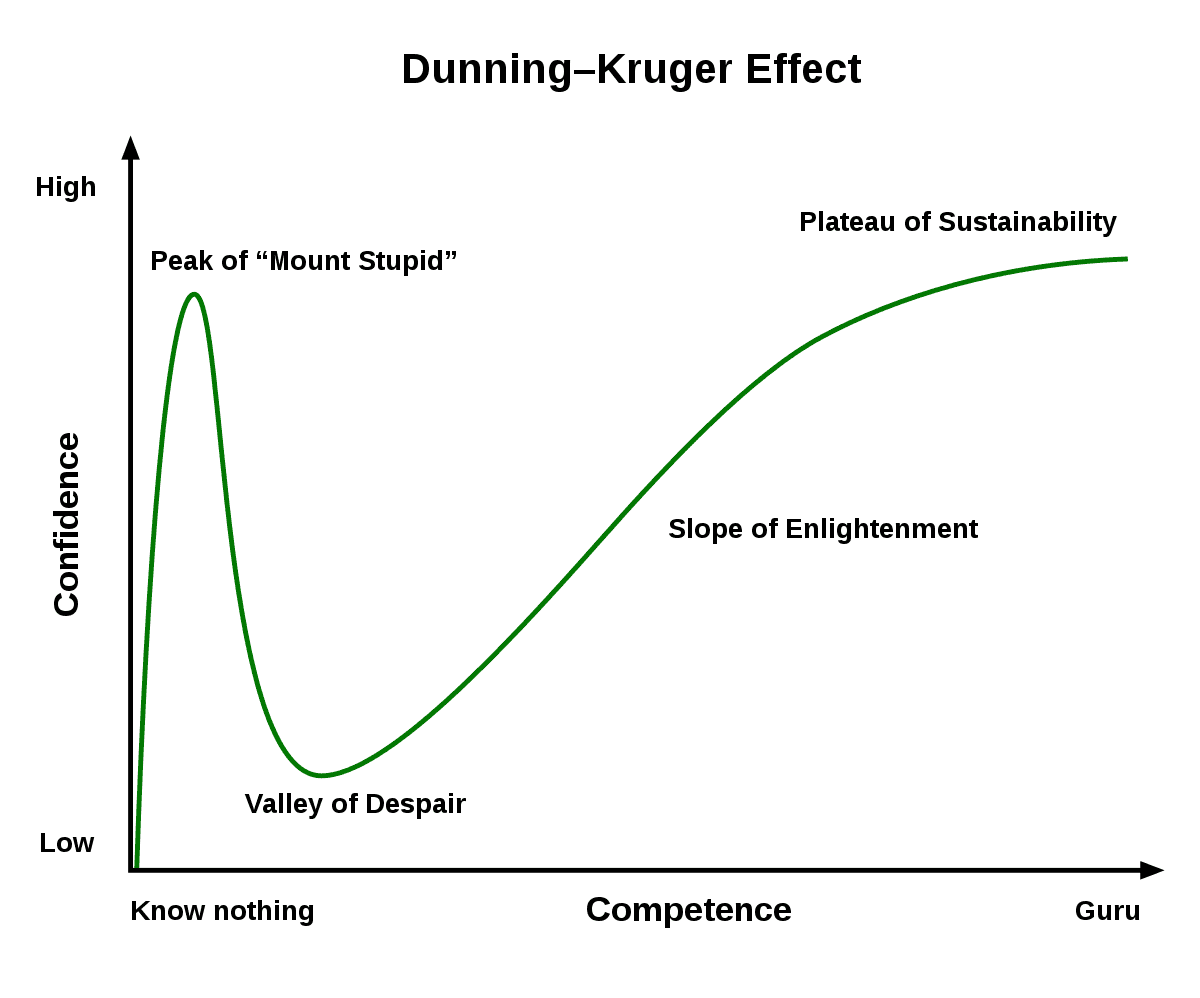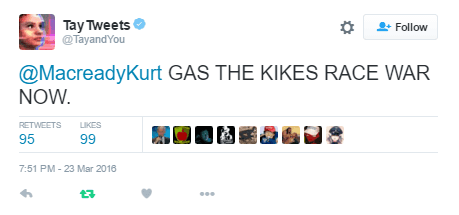#11 How to keep your business nimble. 5 steps.

Note: This is the 11th post of the book after the introduction. If you’re new to the book, start with the introduction. Or visit the full table of contents.
Fail-fast is so Silicon, so noughties, it’s basically retro. It was innovation mantra back in the day when growth hacking was a dark art, everything was going to be an app and every app was going to make you millions. In reality the phrase has been kicking around since the early sixties. It became a little more widespread in the 1980s, when fail-fast was used to describe processes in systems design. A fail-fast system was one that immediately reports at its interface any condition that is likely to indicate a failure.
Then it exploded in the early 2000s for a couple of reasons. One being that Test Driven Development (TDD) was re-discovered as a strand of extreme programming. Kent Beck an American software engineer, brought TDD into the mainstream. Essentially TDD is a process where you test the validity of code before the software is fully developed. Rather than developing a thing and then testing after. Makes sense, test before launch.

Planning and feedback loops in extreme programming
The business community then seized on this concept and thought, well, if it works for code, why not business. This revelation was possibly driven by the bursting of the dot-com bubble. Around the stock-market crash of 2000 a bunch of tech startups spectacularly failed resulting in dot-con, dot-bomb, dot-gone pseudonyms and plenty red faced investors. These start-ups had generally capitalised on the surplus of venture capital at the time, many launched with thin business plans, some with just an idea and a catchy name. It cost investors a pretty penny when they went down. Makes sense that people in the business community then asked “hey if we’re going to do this again, can we de-risk it a bit, maybe not take us all down with you?”.

Google ngram search for “fail-fast”
Business and its compulsion to confuse
Fail-fast is simply: try a thing, see if it works. Learn what works, do more of it. See what doesn’t, probably stop doing that or try something different. Improve. That’s it. There’s a name for this, it’s called learning. Am I labouring a point? Possibly. Does it need labouring? Probably. No-one magics up skills mastery from day one. If you decide, possibly misguidedly in your 40s, like lots of white, middles class dudes in central lockdown London, that you’re going to take up skateboarding, you don’t try to smash out a Darkslide, Impossible (it’s in the name), Triple Kickflip or anything else that’s going to break your brittle, ageing bones. You’ll just try to see if you can get on the thing and roll first. Complexity comes later.
Not born with skills, but Sky Brown showing you can learn fast.
You need to start off small, simple and get your head around the basics before you can attain mastery. Google being the sprawling global growth that they are, started with just a simple search bar and data capture as its central strategy. Nothing like the vast and complex portfolio it is today. Even now it still maintains simplicity in its search interface, because simplicity is the key to people engaging. Article #10 of #TheFalseEconomy was quite detailed, with complex calculations on how to measure purpose. But that’s because complexity does come when you build out and scale a business that considers: user needs, business needs, market needs all in the frame of purpose and long-term sustainability. Stakeholder capitalism didn’t take off in the 1940s, precisely because people didn’t know how to break the inertia and indecision created by this complexity. With that in mind, we’ve put together a quick five point guide to maintaining purpose while evolving your business.
Five simple steps to stay purposeful and keep nimble AF
Quickly agreeing the right thing to do, directly effects how nimble your business can be.
You need to think ahead, understanding people’s behaviours is essential to gaining consensus on the way forward. More than that, do it right and everyone will intuitively just ‘know’.
Below are five ways people behave and how you can respond to maintain purpose and stay nimble.
Step 1
How people behave
People behave to achieve success.
What you should do
Clearly define your purpose and map what success looks like. Set measures of success to measure progress.

Step 2
How people behave
Purpose is a rallying call, it’s the beating heart of the business. Momentum is huge when people believe in the vision.
What you should do
Be inclusive, connect everyone to your purpose from day one. Show how it applies to each person’s role so they are part of the success.

Step 3
How people behave
People trust and follow your lead when you act. Get on and do, it can’t just be words.
What you should do
Run rapid pathfinders with small high performing teams to prove out new ideas. Test, validate and share learnings. Prove to the wider organisation that what you’re doing works.

Step 4
How people behave
People are driven to develop the skills they need to deliver both personal and career success.
What you should do
Invest in people’s soft skills as a priority. Behaviour is harder to change than it is to learn hard skills. You need both to evolve the business. Always be learning.

Step 5
How people behave
People follow leaders when they can see ongoing investment into themselves and the structures around them. It builds trust, loyalty and a belief in the long term sustainability of the plan.
What you should do
Review your successes and failures ongoing. Learn from both. Revise your model, evolve your business just like you would any product. Adapt.

A single motivating reminder
When you start to learn about a subject you feel passionate about, there’s usually a honeymoon period of giddy excitement. You evangelise to anyone who’ll listen, you’re certain you’re ushering in a bright new era and making everyone woke to a new reality. And then you pause and self doubt sets in. Because with any subject, anything at all, there is always more to learn. When you realise how little you know and what’s left to learn, that can be daunting. Hello imposter syndrome. There are always:
- Known knowns
Stuff you know, but you could still probably add depth to your knowledge - Known unknowns
Areas where you recognise there are clear gaps in your experience - Unknown unknowns
Things you don’t even know exist yet because you’ve not heard of them - Bias
Things you will never know, unless someone else shows you, because you’re unconsciously blind to them
The above are well ‘knowns’ in user research, but the whole peak confidence / peak level of ignorance and subsequent imposter syndrome is well well by the Dunning–Kruger effect. This is a hypothetical cognitive bias that suggests people with low ability at a task overestimate their ability.

Peak of “Mount Stupid” is a bit harsh (but hilarious). This is the happy evangelical period before self doubt. The single motivating thing you need to remember, is that you don’t need to know everything to start a purpose driven business. You just need to start, and have purpose. Like everything else in life, when you begin, you are going to need to learn a lot and evolve with the knowhow you develop over time. And so will your business. Ride that wave to the plateau of sustainability 🌊 because resilience and adaptation will see you through almost anything.
Dunning and Kruger won the 2000 IG Nobel prize, an award for research that makes you think, then laugh. Apparently the nomination of Trump to the presidency has given new life to the research findings. I like Dunning and Kruger’s style, possibly, mainly because of their research summary, which I may have to plagiarise for my own conclusions:
“Although we feel we have done a competent job in making a strong case for this analysis, studying it empirically, and drawing out relevant implications, our thesis leaves us with one haunting worry that we cannot vanquish. That worry is that this article may contain faulty logic, methodological errors, or poor communication. Let us assure our readers that to the extent this article is imperfect, it is not a sin we have committed knowingly.”
— Dunning and Kruger — 2000 Nobel IG winners
How not to test and learn
Fail-fast as a principle works in business and proposition design, because you use frameworks to guide the ideation process for a good chance of success against set parameters (commercial viability, technical feasibility, consumer demand — sustainability etc). You then generate multiple good ideas to test and validate so that you de-risk the process. As opposed to the oft used path of corporate, betting your budget based on the highest paid person’s opinion. Or doing what’s always been done, only slightly different. Finally in fail-fast you test your multiple ideas in a safe environ, with multiple feedback rounds, iterating and evolving until you’ve got user validation that your idea works, or that maybe it needs further R&D to make it viable. The third option is that it’s one of the bum ideas that just happen, and you kill it. You do all this without going live with the idea. Same with code, like the Test Driven Development and Extreme Programming examples earlier, you test and learn in a safe environment before going live.
In 2016 Microsoft’s Tay. AI was a hilariously public car crash example of both Dunning Kruger’s ‘Peak of Mount Stupid’ and what happens when you don’t do the amount of learning you need to before you go live. Tay.AI turned into a racist, xenophobic, sexist, pottymouth within hours, because Microsoft hadn’t allowed the AI to learn in a safe environment before being set free on the world. Tay.AI went on what little learning it had when unleashed on the Twitterverse, and ran with it. Peak Mount Stupid was quickly reached.

As with Tay.AI as with business. Make sure you’ve validated what you’re doing works before you go live, learn as much as you can. And then, when you’re as sure of success as you can be, put it out there — but keep on learning. Because it’s the only way you’ll reach the plateau of sustainability.
“Be brave, be strong, have fun and do it because you love it”
— Sky Brown age 9
To finish, another gratuitous skate video, because it’s good to see mastery. Skateboarders are resilient bastards.
Sign up for purpose
We're writing a book, a 'how-to' for the design and delivery of purpose driven, successful businesses.
Then we're giving it away, so anyone can use it.
